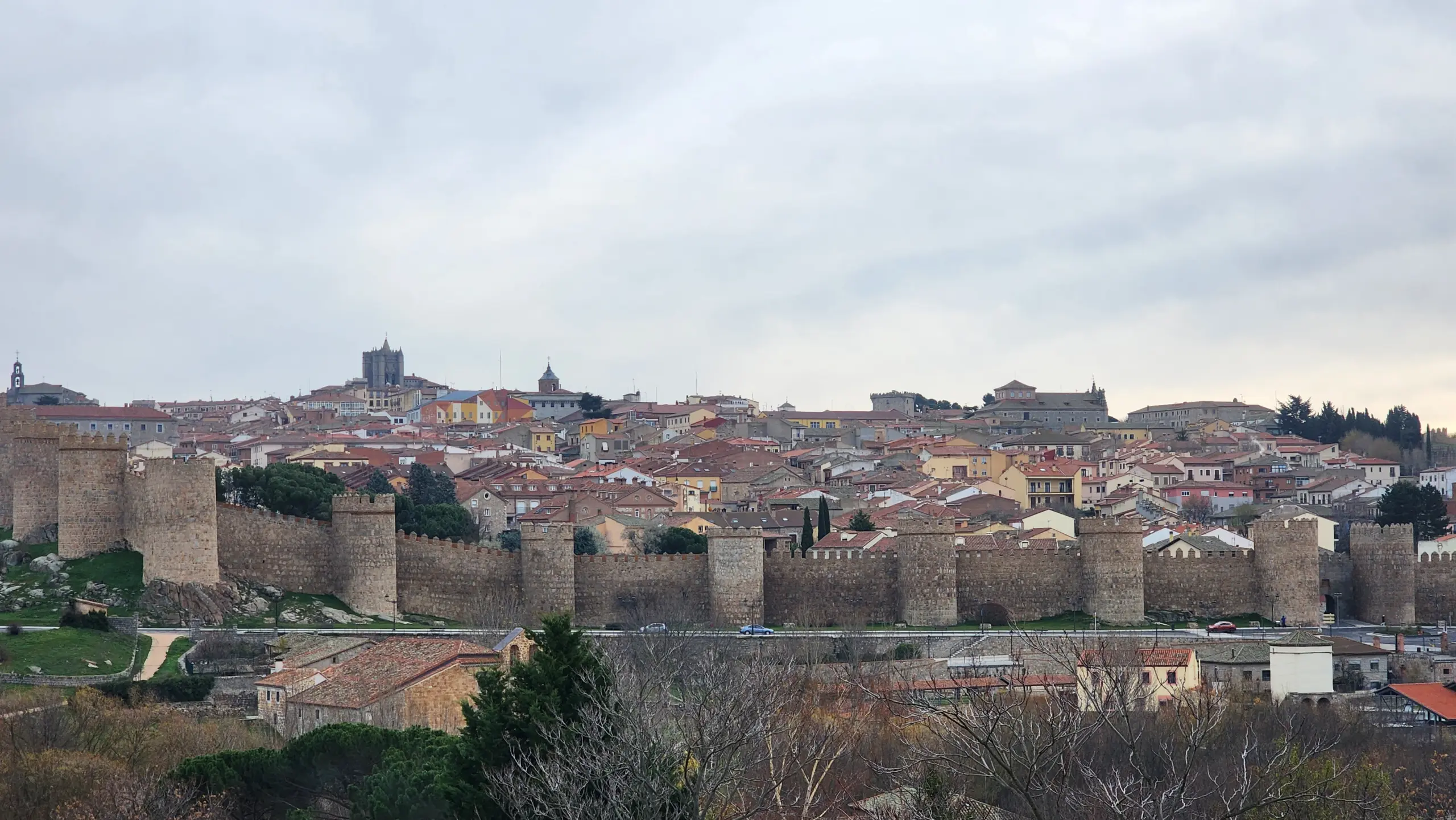Hello, fellow adventurers! 🌟 It’s your BubblyLiving travel companion, excited to share my experience in Avila, a medieval gem in Spain. Nestled in the high plains of Castile and Leon, Avila’s history and charm are impossible to ignore, especially when walking along the towering Murallas de Avila. The crisp December air made my visit even more enchanting as I wandered through centuries of history.
The Majestic Murallas de Avila
The city walls, Las Murallas, are Avila’s most iconic feature. Spanning over 2.5 kilometers, they are some of the best-preserved medieval walls in Europe. I couldn’t resist walking along parts of these monumental walls, soaking in the breathtaking views of the surrounding plains and the city below. With 88 towers, this impressive fortification tells the story of Avila’s past as a powerful defensive stronghold.
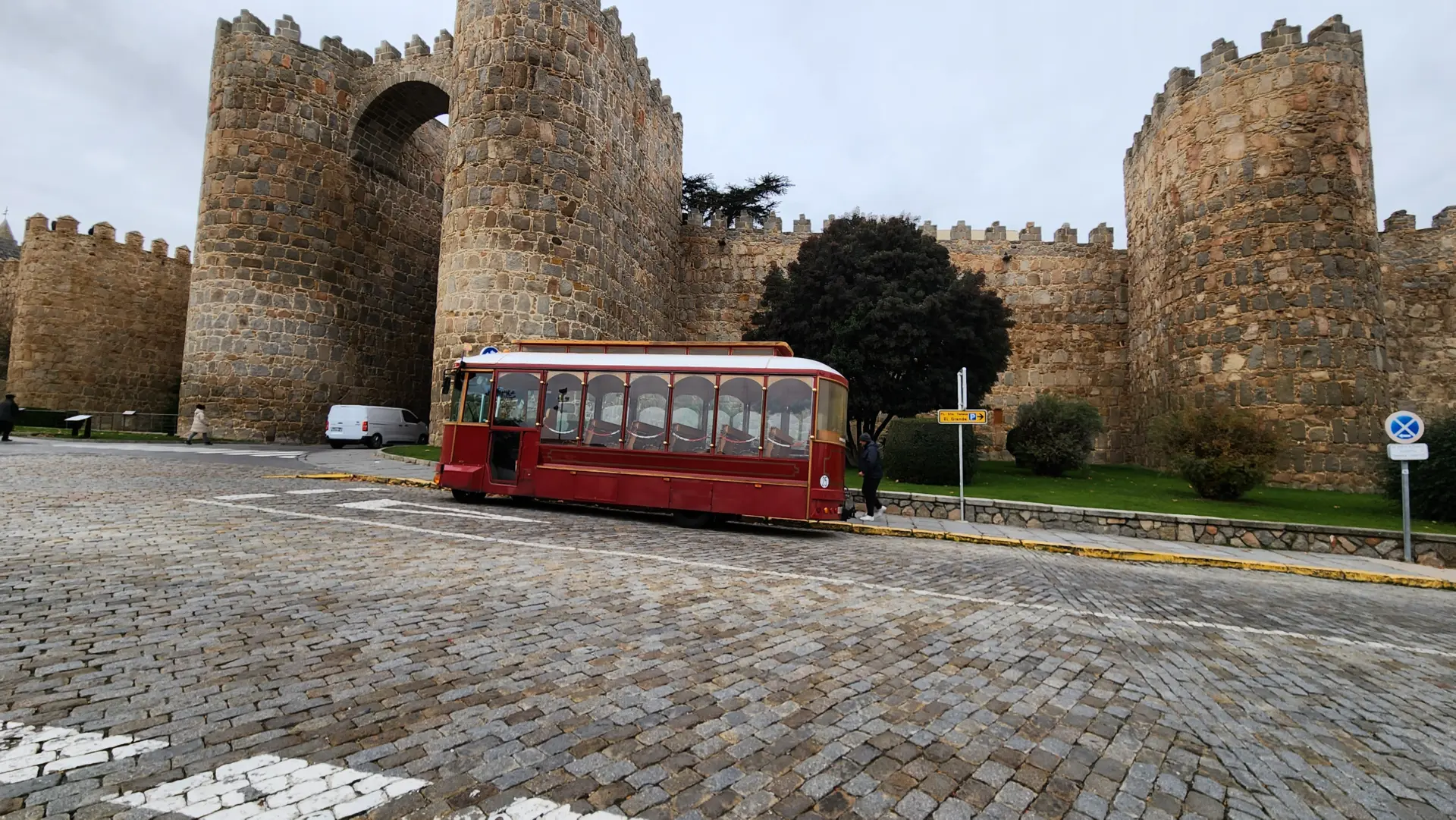
The Tranquil Convento de Santa Teresa
The Convento de Santa Teresa, built in 1636 on the site of Saint Teresa of Avila’s birthplace, is a peaceful oasis of spirituality. Saint Teresa, born in 1515, was a reformer of the Carmelite Order and is one of Spain’s most important mystics and religious figures. Canonized in 1622, she is known for her writings on prayer and her deep spiritual insight. Visiting the convent and its museum allowed me to connect with the profound legacy of this remarkable woman who dedicated her life to spirituality and reform within the Church.
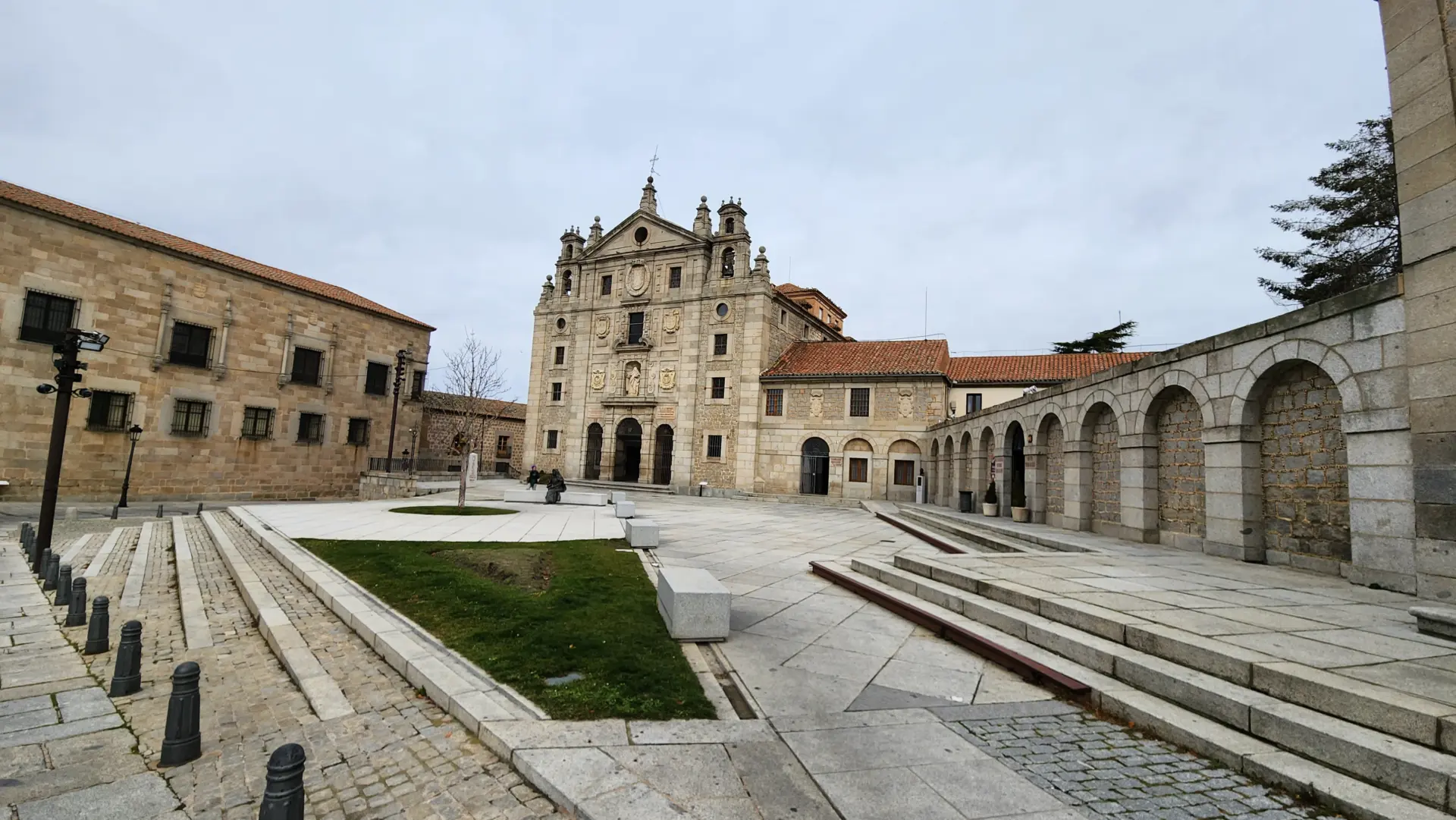
The Architectural Wonder: Basilica de San Vicente
Just outside the city walls, the Basilica de San Vicente is a stunning example of 12th-century Romanesque architecture in Spain. According to legend, the basilica marks the site where Saints Vicente, Sabina, and Cristeta were martyred in the 4th century. Inside, the Cenotaph of San Vicente is an elaborate stone tomb that showcases intricate carvings, depicting scenes from his life and martyrdom. The basilica’s ornate stonework and historical significance make it a must-see for lovers of medieval art and history.
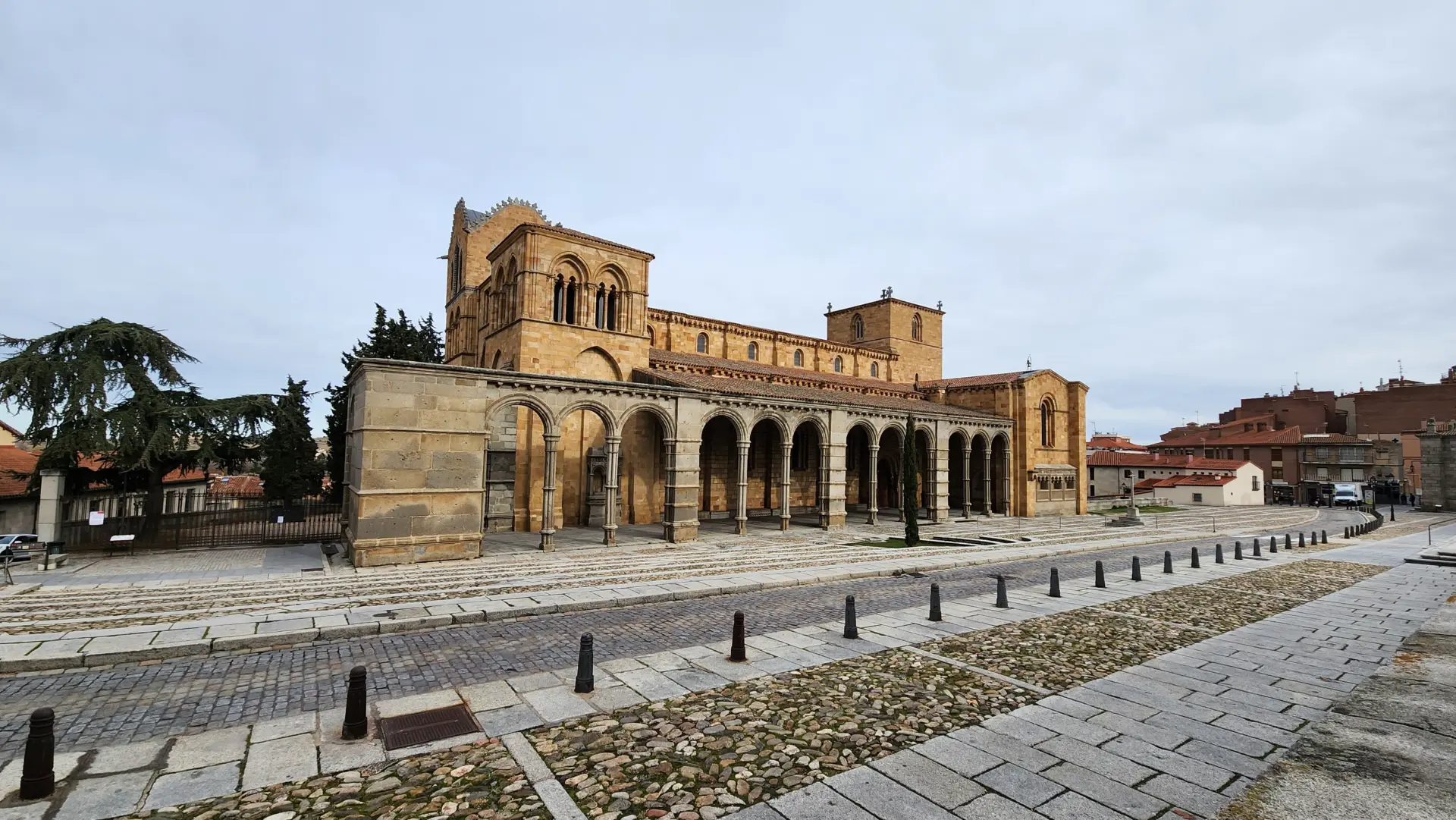
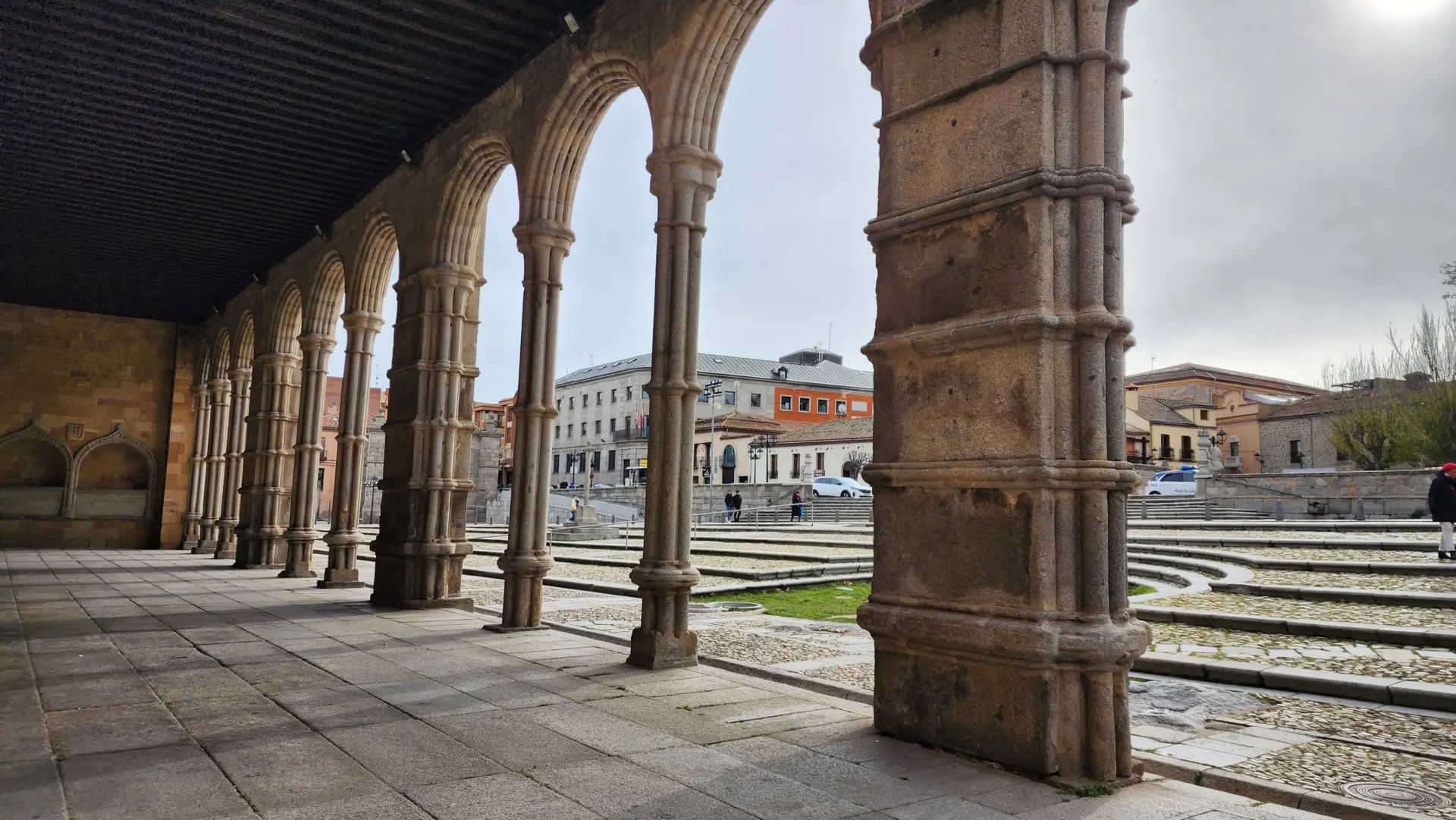
Avila Cathedral: Fortress and Sanctuary
The Catedral de Avila, built between the 12th and 14th centuries, is a striking blend of Gothic architecture and fortification, with its apse forming part of the city walls. Known as Spain’s first Gothic cathedral, its dual role as both a church and a fortress makes it truly unique. Inside, the cathedral features soaring arches, colorful stained glass, and ancient relics, while the high altar showcases a stunning collection of 15th-century Flemish panels, reflecting Avila’s artistic heritage.
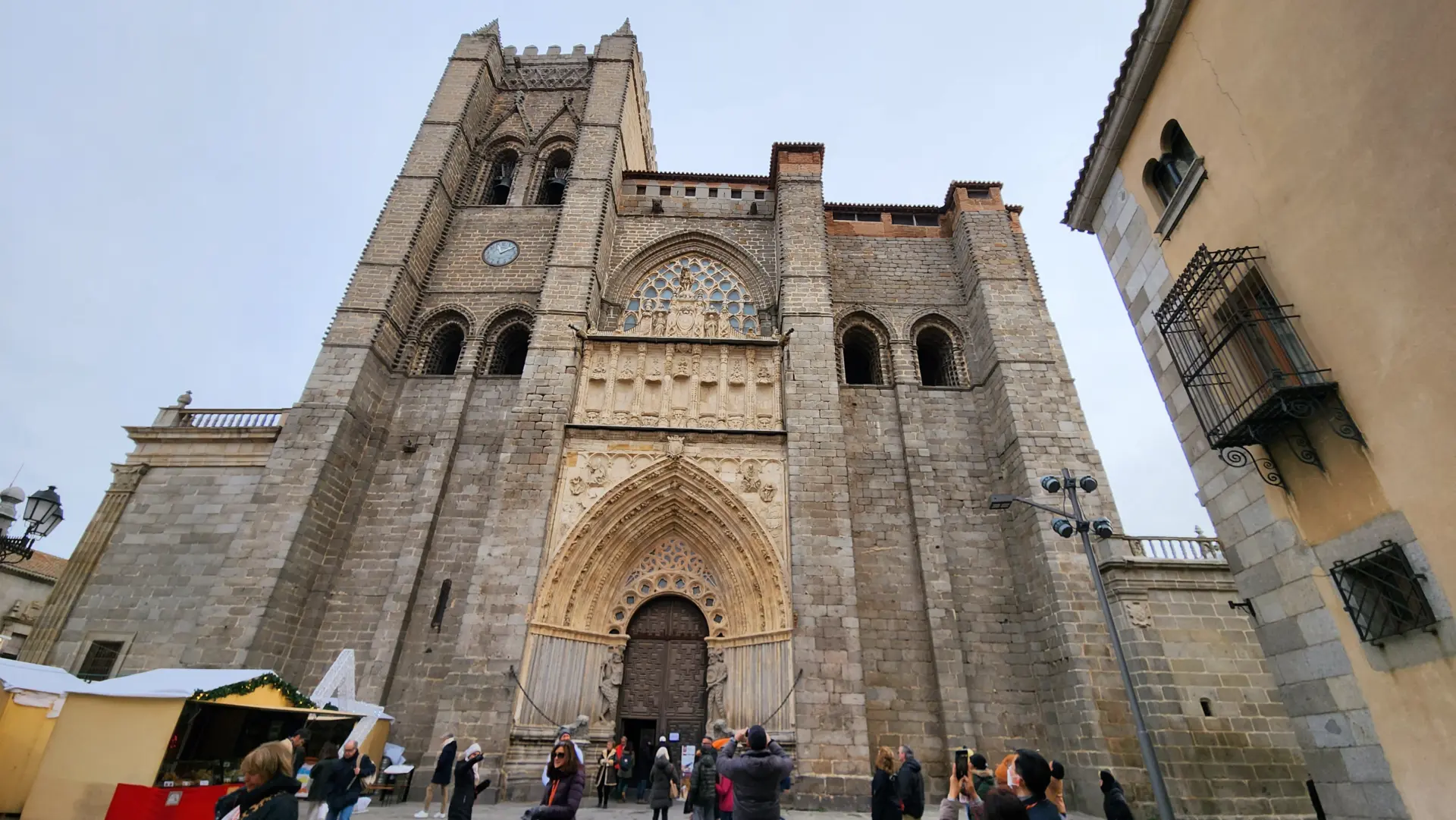
Local Flavor and Charm
Beyond the historical landmarks, Avila’s charm extends to its cobblestone streets, quaint shops, and bustling markets. The locals are warm and welcoming, and I found myself chatting with them about the city’s rich history over a delicious plate of Chuleton de Avila, the city’s famed steak dish. If you’re visiting in December, like I did, the town feels especially magical, with festive decorations adding a cozy touch to its medieval setting.
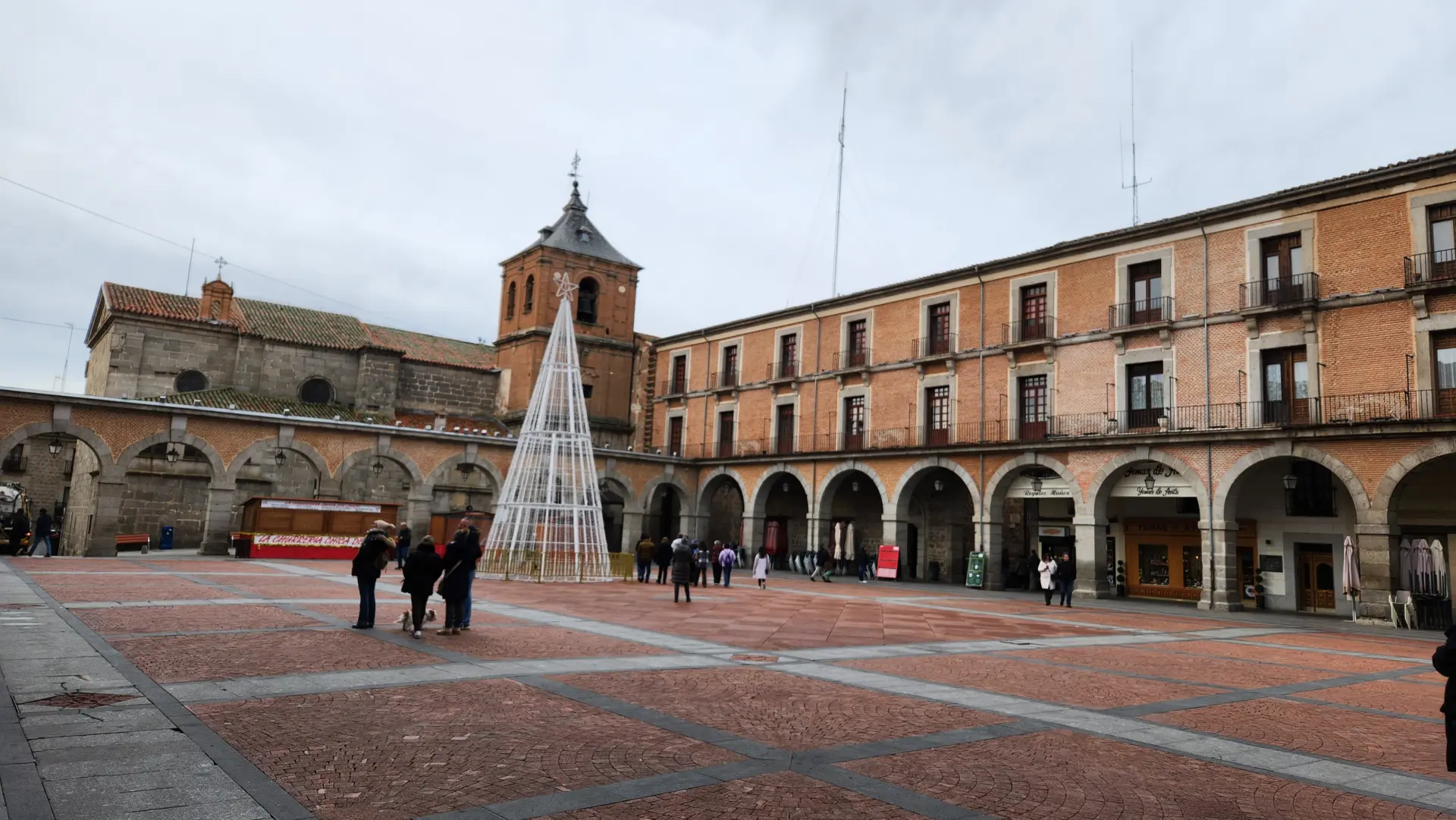
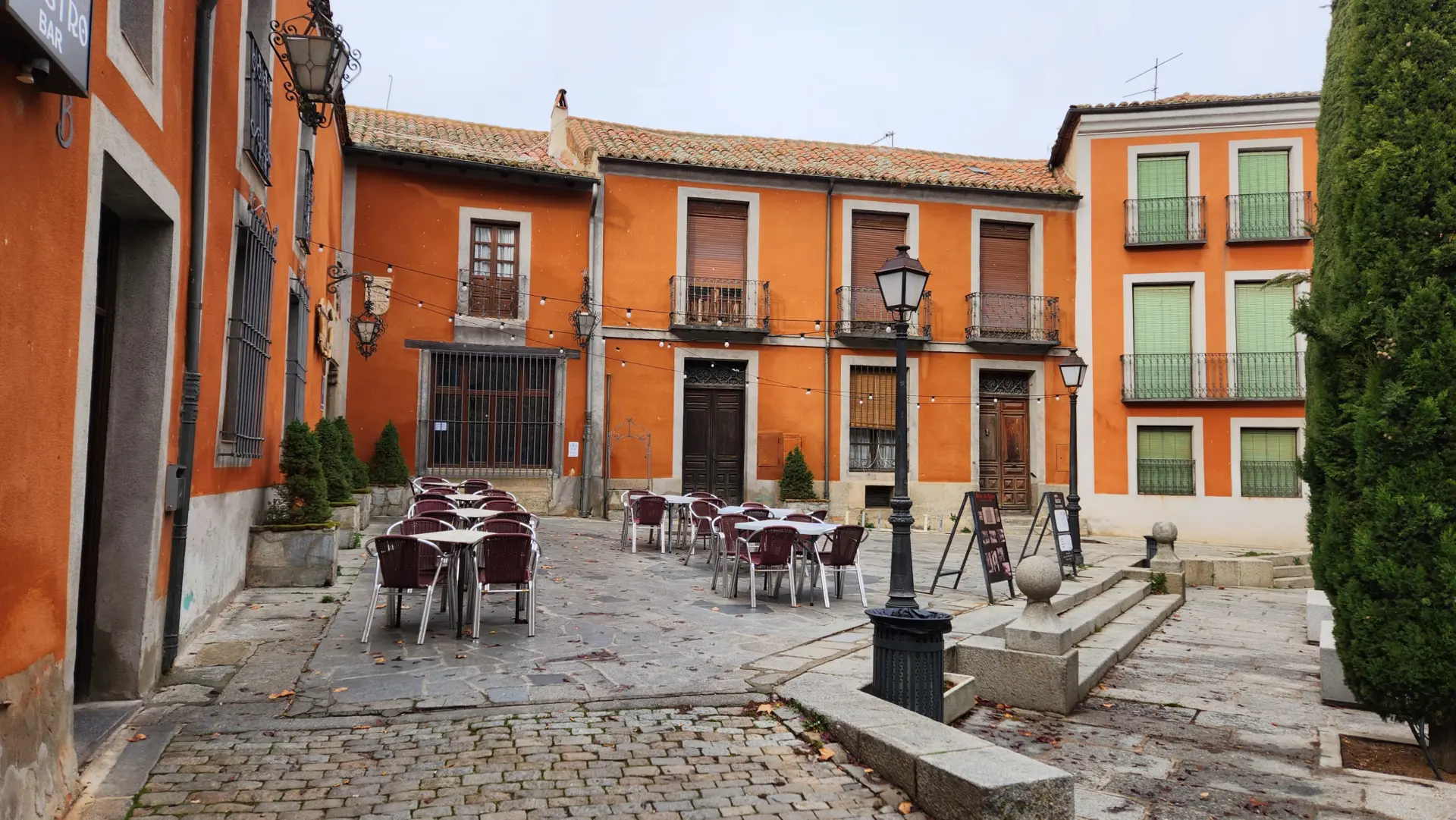
Practical Information
Location: Avila is located about 110 km northwest of Madrid. It’s easily accessible by train, bus, or car.
Top Tip: Don’t miss the Cuatro Postes lookout for an unbeatable view of the city walls!
Final Thoughts
My time in Avila was nothing short of magical. From the towering Murallas de Avila to the spiritual serenity of Convento de Santa Teresa and the awe-inspiring Basilica de San Vicente, this city felt like stepping back in time. Avila’s rich history, stunning architecture, and welcoming locals make it a must-visit destination for any traveler seeking both beauty and depth.
Until next time, fellow travelers, keep exploring the world with curiosity and an open heart! ✨
Xoxo,
Bubbly 🎈

